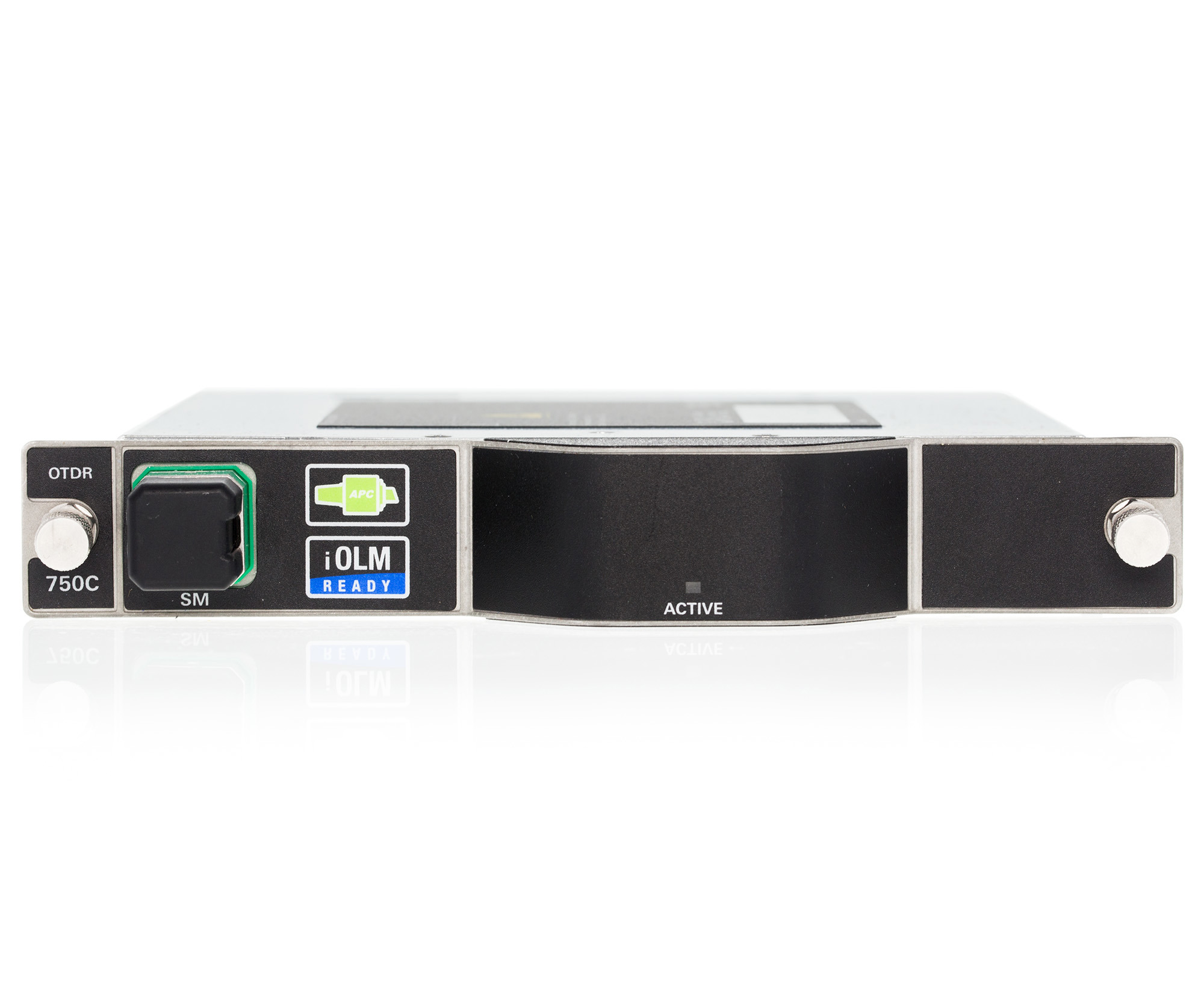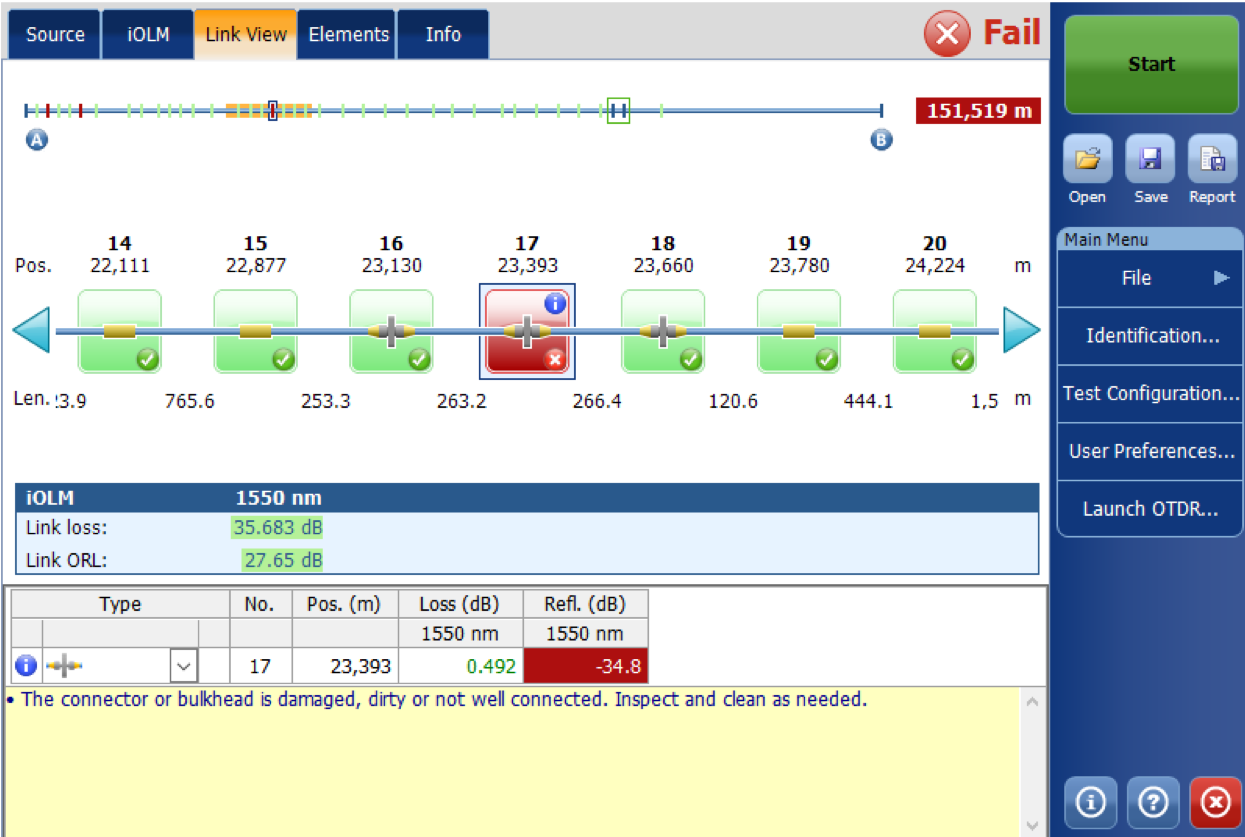This series includes one CWDM tunable OTDR module to cover all 18 CWDM channels from a single port and one DWDM tunable OTDR module to cover DWDM C-Band channels. This solution is available in the FTB-1V2, FTB-2 and FTB-4 platforms.
The 740C xWDM OTDR series has been designed with EXFO’s renowned high-quality standards to stabilize central wavelength under test, preventing any drift/leakage into adjacent channels, which would otherwise affect other valuable customers.
This OTDR is a scalable solution that can grow with your network by adding channels further down the road, hence allowing CAPEX reduction while covering your current and future needs.
The OTDR’s user-friendly interface lets the technician define a list of favorite channels over the C-Band (DWDM) or CWDM grid (CWDM) for quicker access and a more efficient test routine.
CWDM and DWDM: the answer to future bandwidth growth
CWDM and DWDM are gaining popularity for passive C-RAN or commercial services deployments such as fiber deep, Remote PHY and metro Ethernet in which each wavelength can address a specific site, such as a cell tower. Both CWDM and DWDM approaches are not mutually exclusive and co-exist in hybrid passive networks that feature DWDM over CWDM to maximize fiber capacity.
Use a xWDM tunable OTDR for:
- Single-ended CWDM/DWDM fiber characterization
- Validating the continuity and end-to-end loss through MUX, OADM and DEMUX, during construction
- In-service testing using the client’s wavelengths port—without any downtime or impacting other client wavelengths
- Troubleshooting and characterization by a single operator from the head-end






